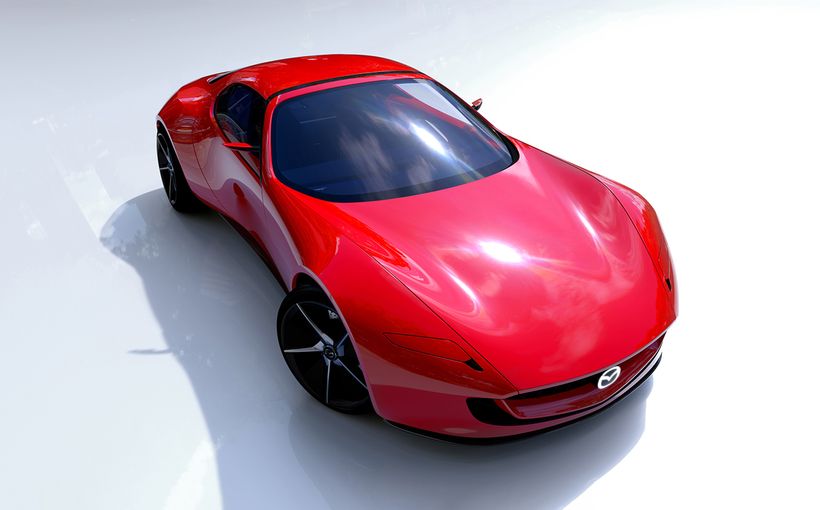Hyundai N electric the future of touring car motorsport?
PETER BARNWELL
HYUNDAI has yet to launch its curvy Ioniq 6 fastback EV sedan and already, information about a stove-hot track “N” version of the newcomer has come to light.
Called the RN22e and based on similar underpinnings and body panels as the Ioniq 6 with enhancements, the prototype track car is described by Hyundai as only a rolling laboratory, but nobody believes that.
Hyundai is fully engaged in many forms of motor sport and has a growing line-up of performance N cars built from experience gleaned in that arena.
So, it’s reasonable to expect the RN22e will form the basis of a new production model that turns the volume up to 11 on all performance fronts.

Hyundai is said to be using a “mule” test version of the RN22e to assess hardware for future performance models based on its E-GMP architecture that is purpose-built for EV applications.
Looking at images of the RN22e suggests it will form the basis of a forthcoming Ioniq 6 N performance model, something to get really excited about.
Why?
Because it is likely to run front and rear electric traction motors with a Tesla beating combined 430kW and 740Nm output and you know what that means…… FAST, and QUICK. Even Hyundai themselves admit such a car would have a top speed of “over 250km/h.”
The South Korean manufacturer obviously knows more than they are letting on and the good news is we likely won’t have to wait long to see if all this comes to fruition as the project seems fairly advanced already.
This “possible” Ioniq 6 N would no doubt be equipped with the accoutrements of a track ready sporty car and that means aerodynamics will come into play.
Though the test mule has a super low front apron, a road car would demand a more practical set-up.

Everything else aero related on the RV22e’s curvy body is “bolt-on” so wouldn’t pose much of a practical challenge for driving on the road.
What we are talking about here are the numerous vents cut into the body for cooling and the large rear diffuser for downforce.
Hopefully, the coffee-table-sized rear wing will find a place on any production Ioniq 6 N.
Deep vents cut into the prototype’s bonnet would no doubt be for cooling its battery and electrics as such a car, driven in the intended manner, would generate plenty of heat from rapid charge and discharge cycles from within the RN22e’s 77.4kWh battery pack.
While the Ioniq 6 cuts an ultra-low 0.21Cd to reduce wind resistance and lower energy use, the wide body RN22e/ Ioniq 6 N needs downforce and couldn’t be as slippery as road-oriented model.
Hyundai has not published any efficiency numbers for the RN22e, nor has it published a zero-to-hundred claim either.

Given the speculated power, torque and weight guestimate of the RN22e it would be reasonable to expect it capable of clocking a 0-100km/h sprint in the 3.0 second bracket.
Kia’s striking EV6 GT, also based on the E-GMP architecture, has the same outputs and a claimed 0-100km/h sprint time of 3.5 seconds.
In comparison, the “garden variety” Ioniq 6 dual-motor generates a maximum of 239kW and 605Nm, with a 0-100km/h claim of 5.1 seconds.
Thankfully, Hyundai has put as much emphasis on the RN22e’s dynamics as it has on outright acceleration and top speed.
To this end, rather than just relying on steering and suspension geometry to maximise cornering grip, a torque-vectoring capability for its rear axle using a twin-clutch mechanism between the motor and the driven wheels utilises motor torque to assist corner turn-in.
Additionally, torque split between the front and rear axles can be varied, allowing rear-biased oversteer handling for maximum driver engagement, or all-wheel traction for maximum traction/performance.

Braking is controlled by the RN22e’s huge 400mm two-piece front brake rotors with four-piston fixed calipers. This design of rotor minimises the likelihood of overheating and warping and is relatively easy to replace.
Hyundai says it is in the process of developing a performance-oriented regenerative braking system that can – like the torque-vectoring rear motor – be used to increase cornering finesse.
In a concession to the ears of motor sport enthusiasts the RN22e will be equipped with what Hyundai calls an “N Sound+” synthetic sound generator whatever that is.
Alleged pleasing noise is produced inside and outside the car synchronised to its speed. No word on whether or not it can be switched off or if there are different modes…
Hyundai says RN22e will inform the direction and designs of future all-electric performance cars, the first of which is expected to be the Ioniq 5 N in 2023.

In conjunction with issuing RN22e/Ioniq 6 N details, Hyundai also disclosed a retro-styled concept as a follow-on from the Grandeur and Pony electro-models. Called the Hyundai N Vision 74, it’s a 500kW/900Nm hydrogen fuel cell-powered coupe that pays homage to the original Pony.
It just gets better and better from Hyundai…

Protect your Classic. Call Shannons Insurance on 13 46 46 to get a quote today.









